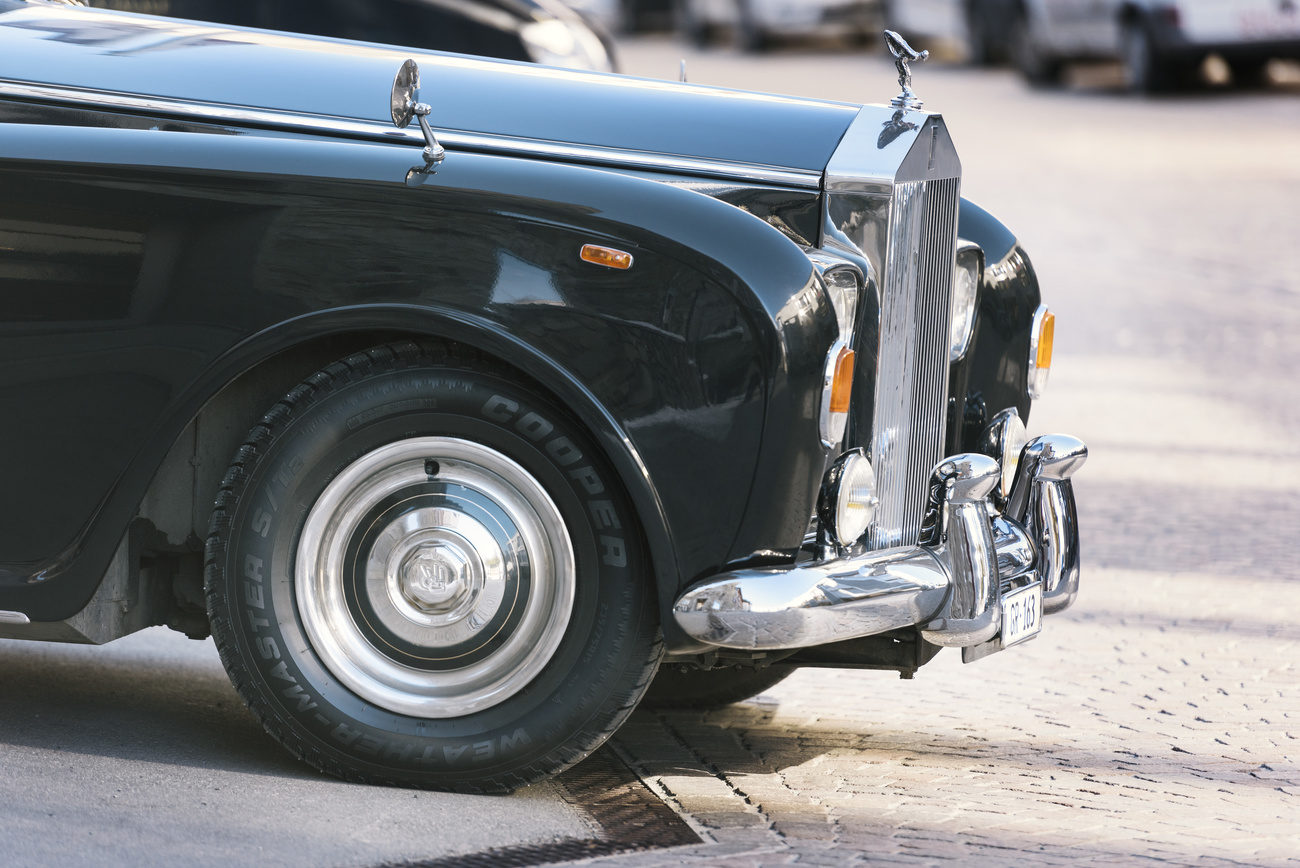Voodoo casts spell on Swiss expatriate

Voodoo magic is perhaps not the usual hobby of retired Swiss civil servants, but Marianne Lehmann has succumbed to its charms.
Since her move to Haiti 20 years ago, she has amassed 2,000 voodoo artefacts, one of the largest collections of Haitian sacred art in the world.
The collection is so varied and rare that Unesco has pledged to contribute $20,000 towards making an inventory of the artefacts.
Lehmann has also set up a foundation for voodoo art as a “gift to the people of Haiti”. She hopes the foundation will help to banish the sinister associations of voodoo with black magic, which she says is practiced only by “the outsiders” of the voodoo religion.
Voodoo is for her is an electrifying religion, a mixture of Catholic and native Indian beliefs and practices.
Symbol of freedom
“Voodoo is often misunderstood,” she says. “It became a positive symbol of freedom,” for slaves during the colonial era, when the newly-arrived colonialists “tried to impose Catholicism on the people in a very ruthless manner.”
Under the often-brutal plantation system, secret ceremonies took place celebrating the slaves´ sense of identity and resistance. Voodoo priests were among the ringleaders of the 1791 revolution on the island, which has been described as the only successful slave revolt in history.
In 1985, voodoo was formally recognised as a legitimate religion in the Haitian constitution.
Lehmann´s own fascination with voodoo began when a travelling salesman visited her office at the Swiss consulate, saying he had a particularly rare object for her.
“As soon as I set eyes on this smallish, really quite crudely made statuette, smoking a pipe, it was like a current of electricity passed through my body,” Lehmann recalls. “It seemed to look at me so maliciously.”
Contact with priests
From then on, Lehmann was hooked. She managed to make contact with voodoo priests, who would occasionally sell off their statues and dolls when they needed money for medical treatment, or to send their children to school.
“I never went to visit the priests myself. They always came to me and it became known that I was interested in voodoo,” says Lehmann.
The collection now consists of everything from life-size statues with sequined costumes, colourful wooden or fabric dolls and beaded, earthenware snakes. There are also some enormous urns made at the turn of the twentieth century, originally used to store away valued goods such as jewels.
Except for a few exceptions, most of the artefacts are not more than a century old. “Unfortunately, there are hardly any really old voodoo artefacts left,” says Lehmann. “They were mostly destroyed by the colonialists.”
One the biggest challenges facing Lehmann is preserving the artefacts. “The climate in Haiti is so damp that these objects decay very quickly,” she explains. “And many of the objects made from wood or fabric have been damaged by insects.”
Lehmann fears that her collection may not survive unless it finds a permanent home, and she is always hunting around for ways to raise money to build a museum. However, the situation at the moment looks gloomy, as foreign funds are barred from entering the island because of the current political unrest in the country.
“We are really stuck here in Haiti at the moment,” she says, adding that she does not know when she will receive Unesco´s invaluable financial contribution.
by Vanessa Mock

In compliance with the JTI standards
More: SWI swissinfo.ch certified by the Journalism Trust Initiative








You can find an overview of ongoing debates with our journalists here . Please join us!
If you want to start a conversation about a topic raised in this article or want to report factual errors, email us at english@swissinfo.ch.